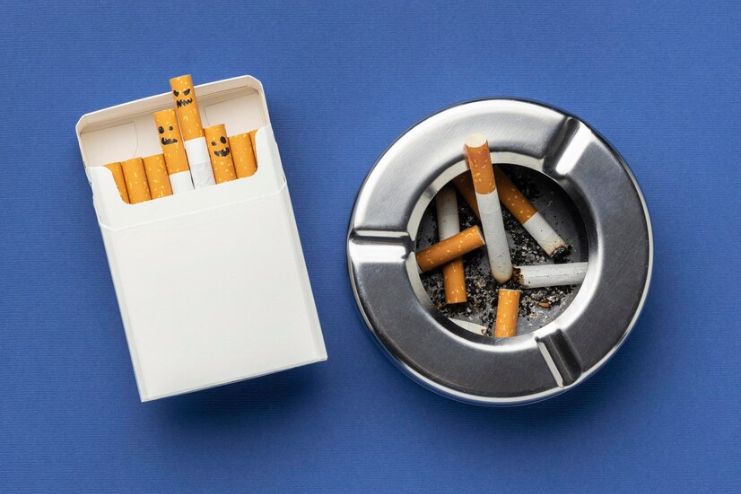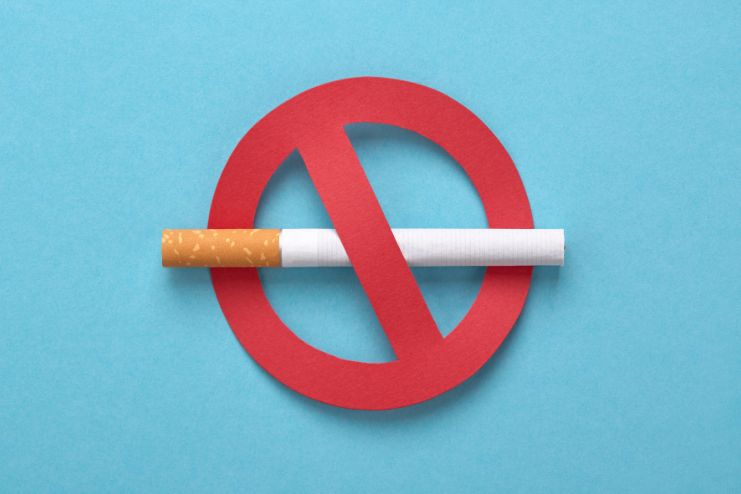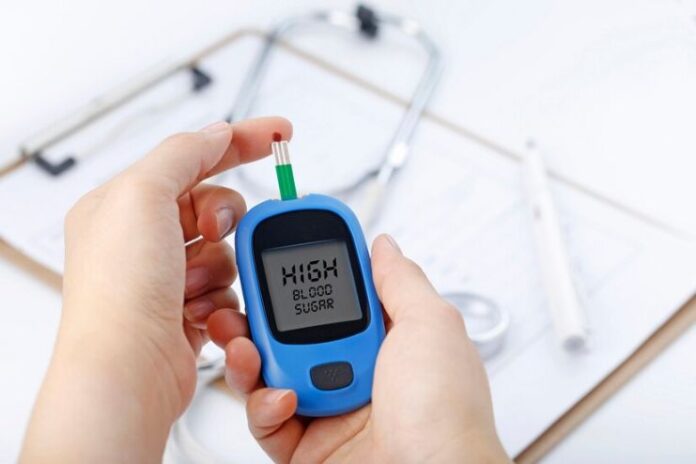Affiliate Disclaimer
Some links in this article are affiliate links. We may earn a small commission if you make a purchase through these links, at no extra cost to you. We only recommend products we find useful to our readersDiabetes is one of the common health disorders that are increasingly experienced worldwide. It affects millions of people and poses severe complications, including heart disease and kidney failure.
Besides genetic disorders, other factors that control the development of diabetes are diet-related and lifestyle, where both smoking and alcohol are pertinent lifestyle choices that rarely find discussion.
This requires a good understanding of habits, how they pose risks to developing diabetes, and how it may be controlled. In this article, we look at the association of smoking and alcohol intake with the risk of developing diabetes.
Effects of Smoking and Alcohol on Diabetes

Alcohol Consumption
The co-existence of smoking and alcohol increases the risk for diabetics while combining the risk of two conditions against control over the disease. Alcohol can even increase the risk of diabetic onset (R), and hazardous drinking has adverse effects in itself.
Chronic inflammation of the pancreas due to excessive alcohol exposure damages the cells producing insulin and results in diabetes (R).
Alcohol, at times, can spike the blood sugars of type 2 diabetes patients. It may elevate and lower their blood sugars and compromise glycemic control.
Overindulgence in alcohol also leads to problems with weight gain or loss, hypertension, hypoglycemia, and elevated triglycerides, which cause secondary complications in diabetic patients.
Smoking
The dangers of cigarette smoke are also just as grave. Smoking has been reported to cause type 2 diabetes because smoking, in general, produces chemicals in cigarette smoke that cause inflammation and oxidative stress.
Nicotine influences insulin resistance (R) as it becomes relatively complex in controlling blood glucose levels. Smoking has also been linked to abdominal obesity, yet another risk factor for developing the disease since smoking boosts cortisol production and further disturbs blood sugar levels.
These risks are also higher when smoking is accompanied by alcohol use. Diabetic smokers of more than 20 cigarettes per day nearly doubled the risk of diabetes as compared to nonsmokers.
Usually, diabetic smokers tend to have significant difficulties with dosing insulin and managing their disease. They are at greater risk for worse complications such as cardiovascular disease, kidney disease, retinopathy, peripheral neuropathy, and poor circulation. These can result in infections, ulcers, and potential amputation.
Considering these synergistic effects, patients with diabetes are encouraged not to smoke and take minimal or no alcohol. In this regard, they can improve their health outcomes and reduce complications of both diabetes mellitus and such dangerous lifestyle choices.
Preventive Measures

Quitting Smoking
Smoking cessation is one compelling step toward reducing the development of type 2 diabetes, with some studies showing a potential reduction of 30–40% (R).
The International Diabetes Federation says that for cigarette smokers, quitting smoking will save them from complications (R).
There are so many programs and techniques that you can use for quitting smoking. The other effective management of the urge to smoke is through nicotine replacement, which comes in either patches or gum.
Behavioral strategies that may help in preventing one from smoking include staying away from what triggers them to smoke and participating in any physical activity.
Health professionals take on more responsibility in motivating their clients to quit. Governments can facilitate this by imposing smoke-free zones in all public spaces.
Limiting Alcohol Intake
Another measure one can take is moderation in alcohol intake. Excessive intake of alcohol creates extreme fluctuations of sugar in the blood and worsens health problems due to diabetes.
Women should have no more than one drink daily, while men should have two drinks daily. Moderation helps reduce health risks like high blood pressure, liver diseases, and cancers.
Alcohol intake reduction has many health benefits. Reducing alcohol improves sleep and increases energy levels. One may save money by spending less on alcohol-related expenses.
Furthermore, it helps with weight management, as alcoholic beverages are often calorie-dense and contribute to weight gain, a key risk factor for type 2 diabetes.
Moreover, it aids weight loss as alcoholic beverages contain calorie-rich content and are a significant risk factor for type 2 diabetes.
For diabetic patients, it is advisable to take alcohol with food and to monitor the blood sugar level.
Drinking responsibly will serve to maintain health in addition to minimizing risks for conditions like hypoglycemia, which results from alcohol inhibiting the flow of glucose from the liver into the bloodstream.
Options of low-sugar beverages or dry beverages can efficiently manage blood sugar levels.
Conclusion
Preventive measures for type 2 diabetes are necessary to adopt for healthy living. Quitting smoking is perhaps the most effective step, and it would make one’s risk of developing diabetes 30-40% lower.
Smoking cessation will further improve the management ability of those who already have diabetes. Such programs include nicotine replacement therapy and behavioral support, among others.
Consumption of safe amounts of alcohol prevents changes in blood sugar levels and thus serves to eliminate risks associated with diabetes.
By introducing these preventive practices, you can lead healthier lifestyles, reduce your risk of developing diabetes and its complications, and have a better quality of life.
References
- https://www.fda.gov/tobacco-products/health-effects-tobacco-use/how-smoking-can-increase-risk-and-affect-diabetes
- https://www.cardiometabolichealth.org/alcohol-and-tobacco-use-diabetes-risk-factors-increasing-in-prevalence
- https://www.e-dmj.org/journal/view.php?doi=10.4093/dmj.2012.36.6.399
- https://www.sciencedirect.com/science/article/pii/S0002916523017458
- https://www.who.int/news/item/14-11-2023-quitting-smoking-cuts-your-risk-of-developing-type-2-diabetes-by-30-40
- https://www.mayoclinic.org/healthy-lifestyle/quit-smoking/in-depth/nicotine-craving/art-20045454
- https://www2.hse.ie/living-well/alcohol/health/improve-your-health/benefits-of-cutting-down-giving-up/
- https://www.mountsinai.org/health-library/selfcare-instructions/diabetes-and-alcohol
In this Article




















